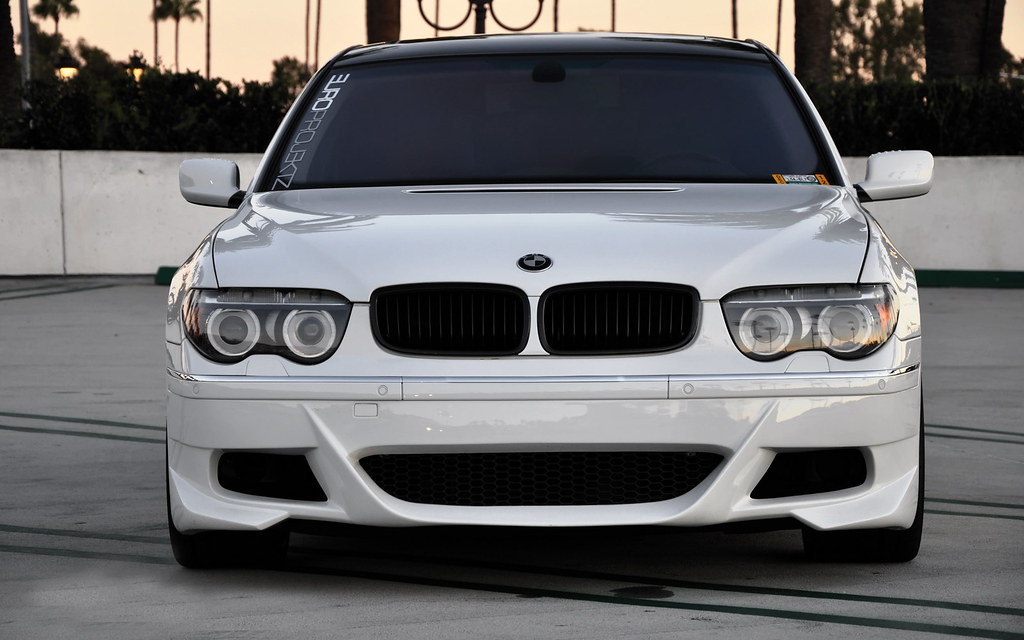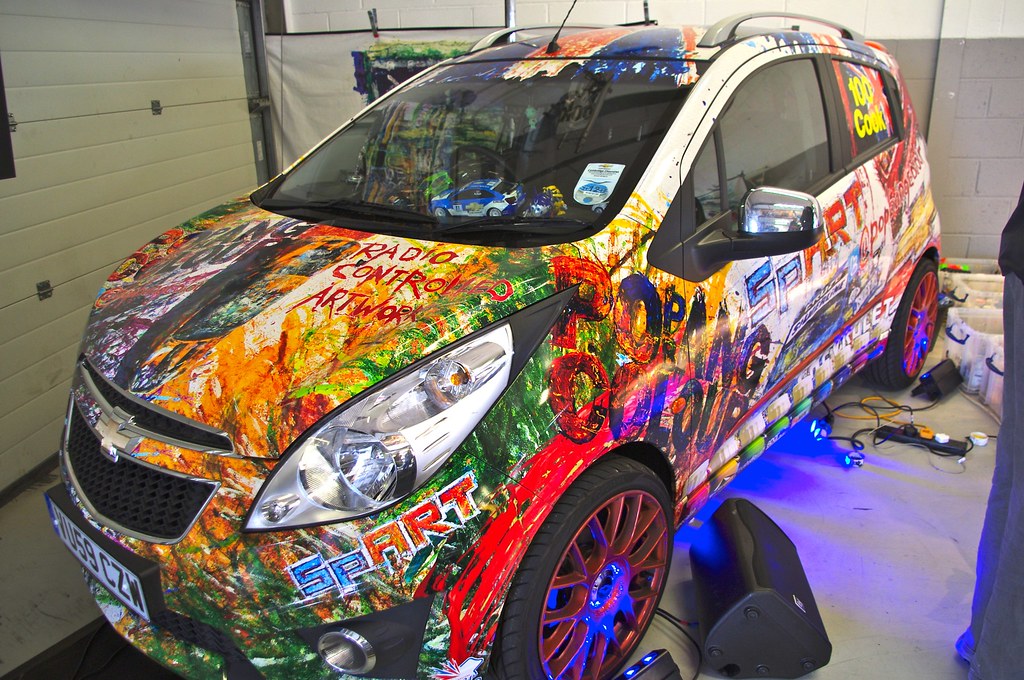
When you’re eyeing a new set of wheels, your mind probably races through all the big-ticket items: the model, the mileage, the engine, and perhaps the interior features. It’s common knowledge that traditional culprits like mileage and overall condition can significantly chip away at a car’s value over time. Yet, there’s a sneaky saboteur lurking in plain sight, one that many drivers completely overlook but which can cost them thousands when trade-in time rolls around: the exterior paint color.
This isn’t just about personal taste anymore; it’s about cold, hard cash. A compelling study by NexusMedia, leveraging insights from EasySearch, meticulously compared depreciation across ten best-selling models—from everyday sedans and versatile SUVs to the increasingly popular EVs. The findings are a stark reminder: average five-year depreciation is surging, hitting 45.6% in 2025, a noticeable jump from 38.8% in 2023, with electric vehicles, surprisingly, losing nearly 60% of their value. Within this landscape of rapid value erosion, your car’s color emerges as a surprisingly key factor.
While personal preference undoubtedly plays a role in what shade catches your eye, being financially savvy means looking beyond mere aesthetics. Making an informed decision now can save you a substantial chunk of change down the road. So, let’s peel back the layers of paint and reveal the six specific color choices and related mistakes that actively work against your car’s resale value, turning what seemed like a harmless choice into a significant financial regret.
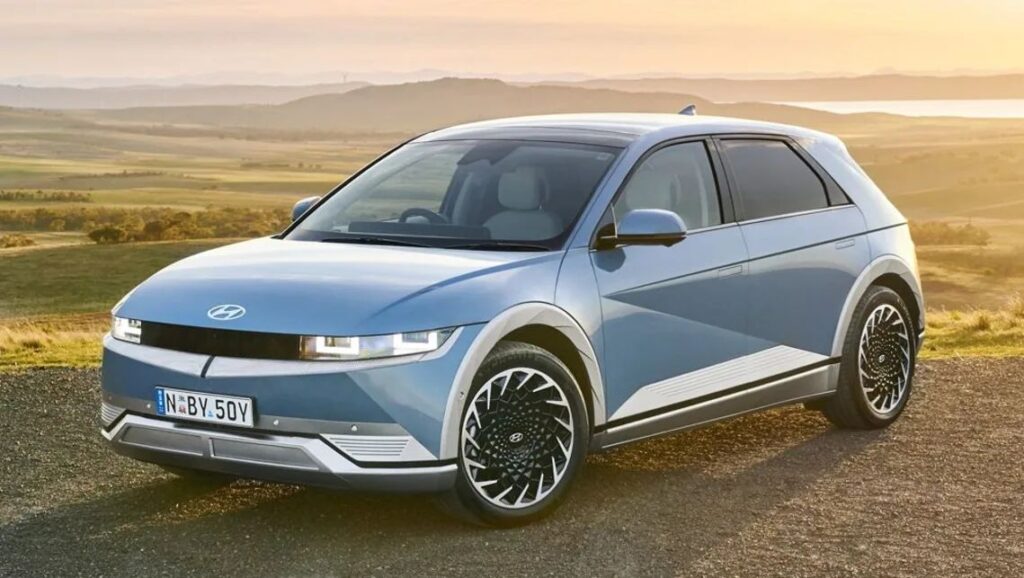
1. **Choosing Blue Cars**Blue vehicles, despite their undeniable appeal to many, unfortunately, rank as some of the worst performers when it comes to resale value. The NexusMedia study explicitly highlights blue cars as suffering the steepest average drop among popular colors, registering an average depreciation of 27.11%, which translates to an average value loss of a staggering $12,449. This is a significant blow to your wallet, far more than a simple aesthetic preference should warrant.
One of the primary reasons for this sharp decline, beyond market demand, lies in the practical realities of ownership. According to the experts at Kelley Blue Book, blue vehicles are notoriously difficult to keep looking pristine. Water spots, fine scratches, and unsightly swirl marks have a tendency to show up quickly and prominently on blue paint jobs, demanding constant vigilance and upkeep.
This need for extra maintenance, while seemingly minor, doesn’t do any favors for their resale prospects. A prospective used car buyer will immediately notice any imperfections, which can instantly devalue the vehicle in their eyes and make them question the car’s overall care. Even if the car is meticulously maintained, the inherent difficulty means minor flaws are more visible, contributing to buyer hesitation.
The paradox here is intriguing: despite these significant drawbacks, blue still manages to secure a spot in the top five most popular car colors, boasting a 9% market share last year, as reported by Edmunds. This popularity ensures a plentiful supply on the used market, but when combined with their maintenance challenges and steep depreciation, it creates a scenario where blue cars struggle to hold onto their value, making them a less-than-ideal financial choice.
Read more about: Is It True? The Wild Rumor About Beyoncé and a Stolen Master Recording: An Unpacking of the Atlanta Theft
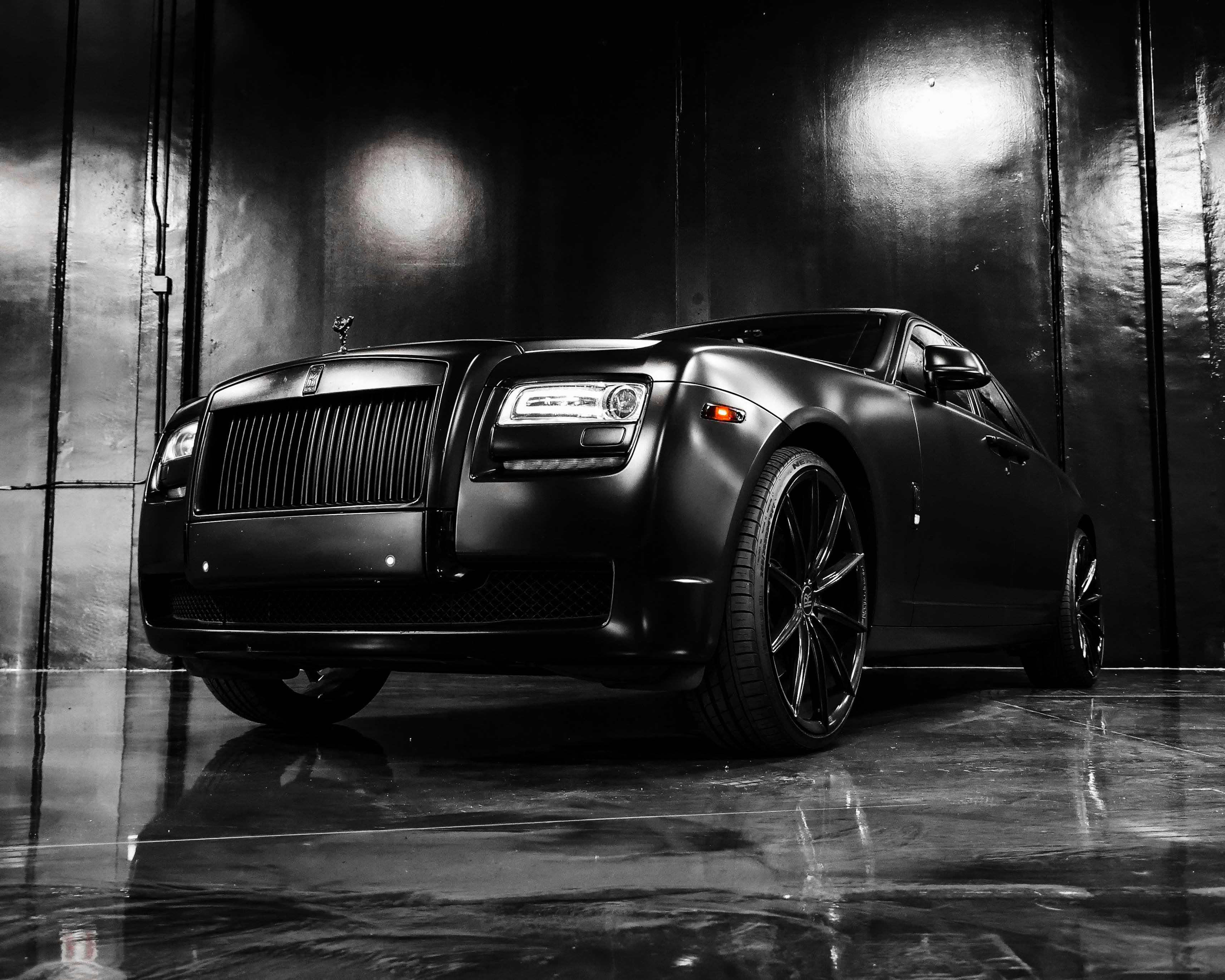
2. **Choosing Black Cars (and Ultra-Dark Black)**Black cars, for all their sleek and sophisticated allure, present a similar conundrum to blue vehicles when it comes to resale value. The NexusMedia study found that black vehicles depreciate more than most other colors, with an average depreciation of 23.30%, resulting in an average value loss of $10,804. This is a considerable sum, especially for a color that holds such a dominant position on the road.
Indeed, black cars are one of the most common shades, holding the second spot on Edmunds’ list with a significant 22% of market share. Shoppers are undoubtedly drawn to their elegant appearance, a timeless aesthetic that promises a premium look. However, the enthusiasm wanes dramatically when these cars hit the used market, directly dragging down trade-in and resale prices.
Part of this struggle stems from the color’s demanding nature. Kelley Blue Book rightly points out that black cars look their absolute best “right out of the wash,” but the unfortunate truth is that “dirt, pollen and dust settle almost immediately.” This constant battle against environmental elements means black cars often appear less pristine than their lighter counterparts, even shortly after a wash, which can deter potential buyers seeking a well-maintained vehicle.
Furthermore, the issues with black deepen when we consider “Jet Black or Ultra-Dark Black.” These shades amplify the visibility of every imperfection. Scratches, swirl marks, and even water spots become glaringly obvious, undermining the desired sleekness. Beyond aesthetics, black cars can be harder to keep cool in hot climates, a significant deterrent for buyers in sunnier regions. Statistically, black also carries the “highest crash risk (12%) relative to white,” as reported by Australia’s Monash University Accident Research Centre, adding a safety concern to its list of drawbacks.

3. **Choosing Gold or Champagne Metallic**Gold, and its slightly more subdued cousin Champagne Metallic, may initially exude an air of luxury and sophistication, turning heads in the sunlight. However, this opulent facade often crumbles when it’s time to trade in or sell your vehicle. This shade frequently signals “extravagance or outdated styling,” particularly on older luxury models, making it a difficult sell in today’s used car market.
The core issue with gold is its history as a trend rather than a classic. It enjoyed a specific moment in the fashion spotlight during the late 1990s and early 2000s, but that moment has passed. In the contemporary market, gold and champagne tones are often “associated with older drivers or cars that look ‘stuck in time,'” instantly dating a vehicle in the eyes of many potential buyers.
Studies consistently demonstrate that gold and champagne tones depreciate faster than most other colors, with cars in these shades frequently losing “more than a third of their value within the first few years.” This significant financial hit is directly attributable to their lack of broad appeal; most people shopping for a used car are simply “not lining up to pay top dollar for a color that feels out of fashion.”
When buyers are scrolling through listings, flashy tones that don’t align with current trends tend to be overlooked, impacting both the speed of sale and the final price. If protecting your investment is a priority, it’s far wiser to opt for a timeless neutral color rather than a shade that was once a trendsetter but now feels decidedly out of step with modern tastes.
Read more about: Unleash Your Inner Explorer: The Top 11 Expedition and Camping Vehicles for Ultimate Adventures
4. **Choosing Brown and Other Earth Tones**Brown, along with its earth-toned relatives like beige and taupe, might initially seem like a conservative, safe choice. They blend in, avoid flashiness, and don’t typically offend. Yet, this very quality of blending in is precisely their undoing in the competitive used car market. As the context explains, “buyers scrolling through car listings tend to skip over these colors because they come across as bland.”
These understated hues lack the dynamic presence of brighter colors and fail to deliver the sleek professionalism of black, the pristine appeal of white, or the modern vibe of silver. They simply don’t generate excitement or interest, which is a significant disadvantage when trying to capture a buyer’s attention in a crowded marketplace. A beige sedan or a brown SUV, while practical, is often perceived as far less engaging than the exact same model painted in a more appealing shade.
The data unequivocally supports this sentiment: “cars in brown or beige shades rank among the highest in depreciation rates.” This means that while you might appreciate their subtlety and low-key aesthetic, the resale market has clearly voiced its opinion, and it’s not in their favor. The financial consequences of this blandness can be substantial, leading to lower offers and longer selling times.
Furthermore, a study from iSeeCars specifically found that “brown cars, on average, depreciate around 20% more over three years compared to white or black cars.” This stark difference underscores the financial impact of choosing an earth-toned vehicle. Unless you’re committed to keeping your car for its entire lifespan, opting for these colors means resigning yourself to a substantial depreciation hit and a more challenging selling experience.
Read more about: Julia Roberts’ Unfiltered Radiance: A Raw Look at Her Natural Glow in Unposed Moments and Her Secret True Autumn Palette
5. **Choosing Bright Purple and Lavender**For those looking to make a bold personal statement, a bright purple or lavender car certainly stands out. It’s undeniably unique and reflects a distinct personality. However, this desire for individuality often comes at a steep cost when it’s time to sell. While a deep plum might work on a niche sports car, “most purple shades simply narrow your audience of potential buyers,” significantly limiting your market.
Bright purple and lavender tones tend to evoke strong, often polarizing, reactions. Many shoppers perceive these colors as “playful or even cartoonish,” which immediately detracts from a vehicle’s perceived seriousness or general market appeal. This narrow aesthetic appeal means that unless you happen to find a buyer who shares your exact, unconventional taste in color, you’ll be facing an uphill battle.
The consequence of this limited appeal is often financial. With a smaller pool of interested buyers, you may find yourself “forced to lower your asking price just to move the vehicle.” This isn’t about the car’s condition or features; it’s purely about the paint job being a hurdle rather than a selling point, turning a personal preference into a monetary penalty.
Even if you adore purple, it’s crucial to think about the long-term implications for your investment. The question becomes: “will the next buyer love it as much as you do?” Chances are, probably not. For the vast majority of car buyers seeking a practical, broadly appealing vehicle, a bright purple or lavender color is a definite deal-breaker, making it a poor choice for preserving resale value.
Read more about: Lady Gaga’s Unstoppable Style Saga: From Provocative Pop Icon to Oscar-Winning Luminary, A Deep Dive into Her Epic Fashion Evolution

6. **Choosing Neon Green and Lime**There’s no denying the immediate impact of neon green or lime. It’s bold, it’s flashy, and it screams for attention, ensuring your vehicle stands out in even the most crowded parking lot. However, this same attention-grabbing quality makes it an absolute “resale nightmare.” While a tiny segment of buyers might appreciate the uniqueness, the vast majority will consider it “too loud and impractical” for everyday ownership.
These vibrant, almost electric, shades suffer from being intrinsically tied to very specific trends. What might feel edgy and fun today can very quickly feel “tacky or over-the-top just a few years from now,” as automotive fashion evolves. Unlike timeless colors, neon shades have a short shelf life in terms of broad desirability, rapidly dating your vehicle and diminishing its appeal to future buyers.
Choosing such a niche color inherently translates into a significantly smaller pool of potential buyers. The fewer people who are genuinely interested in a car painted in neon green or lime, the harder it becomes to command a fair price when you decide to sell. You’re essentially betting that your unique taste will align perfectly with a future buyer’s unique taste, which is a risky proposition for your investment.
Even if you’re deeply drawn to the idea of a car that perfectly reflects your unique personality, it’s vital to weigh that against the financial realities. The impracticality and limited appeal of colors like neon green mean you’re almost guaranteed to take a hit on resale value, making it one of the most financially damaging paint choices you can make for your vehicle.
Beyond the specific hues that can drain your wallet, several other crucial mistakes related to paint can dramatically impact your car’s financial future. It’s not just about picking the ‘right’ shade; it’s about understanding the broader ecosystem of car color—from condition and customization to safety and the often-misunderstood dynamics of market appeal. These additional factors can quietly undermine your investment, turning what seemed like minor details into major financial headaches when it’s time to move on to your next ride. Let’s delve into five more critical missteps that can make selling your car a tougher, less profitable endeavor.
Read more about: Totally Rad and Almost Famous: 13 ’80s Stars Who Nearly Became Hollywood’s Next Big Thing

7. **Ignoring Paint Condition and Damage**While we’ve spent ample time dissecting the impact of your chosen color, the physical condition of your car’s paint is equally, if not more, critical for its resale value. A pristine, well-maintained exterior doesn’t just look good; it acts as a clear signal to prospective buyers that the entire vehicle has been cared for. It suggests diligent maintenance and a reduced likelihood of hidden mechanical issues, instilling confidence in their purchase.
Indeed, the experts at Kelley Blue Book emphasize this point, noting that a car boasting good exterior condition can see its resale value increase by an impressive 10%. This isn’t just a minor bump; it’s a significant return on the investment of your time and effort in keeping your paint in top shape. Buyers are looking for a car that presents well, and a flawless finish speaks volumes about its overall history.
Conversely, a paint job riddled with damage — be it fading from relentless UV exposure, unsightly chips, or prominent scratches — can drastically reduce your car’s market appeal. Such imperfections make a vehicle appear older than its actual age, immediately raising red flags for potential buyers. They’ll question the car’s overall care and maintenance, often leading to lower offers or a complete loss of interest.
Minor dings and scratches, which seem insignificant to some owners, quickly expose the metal beneath the paint, initiating a process that inevitably leads to rust. This corrosion not only looks terrible but also signals a deeper structural compromise to buyers, further diminishing perceived value. Addressing these issues promptly, whether through touch-up paint or professional repair, is essential to halt the progression of damage and preserve your car’s integrity and resale potential.
Read more about: Unlock the Pro Secret: Restore Your Headlights to Factory Shine with Household Items – No Kit Needed!

8. **Opting for Unprofessional Custom Paint Jobs**Custom paint jobs offer a unique opportunity to personalize your vehicle, turning it into a rolling canvas that perfectly reflects your individual style. While this can be incredibly satisfying for personal enjoyment, it becomes a distinct liability when you eventually decide to sell. Customizations, especially those featuring bright graphics, distinctive matte finishes, or unique patterns, tend to appeal to an extremely narrow niche of buyers.
The vast majority of used car buyers are simply looking for a vehicle that aligns with broader tastes. They prioritize factory-standard colors and finishes because these options appeal to a wider audience, ensuring easier resale down the line. A car with a highly customized paint job often languishes on the market for extended periods, or worse, forces the seller to significantly reduce the asking price just to find a willing buyer.
Flashy or overly trendy designs, while perhaps captivating in the moment, have a notoriously short shelf life in the automotive world. What’s considered cool or edgy today can quickly become dated and undesirable in just a few years. This rapid obsolescence makes it challenging to recoup your investment, as the design itself works against the car’s general marketability and appeal.
If the urge to customize is simply irresistible, prioritize high-quality work and timeless designs that enhance rather than detract from the vehicle’s inherent appeal. However, if resale value is a primary concern, these types of personalized finishes are best reserved for vehicles you intend to keep for their entire lifespan. For most car owners, sticking to factory options is the financially prudent choice, saving you future headaches and lost dollars.
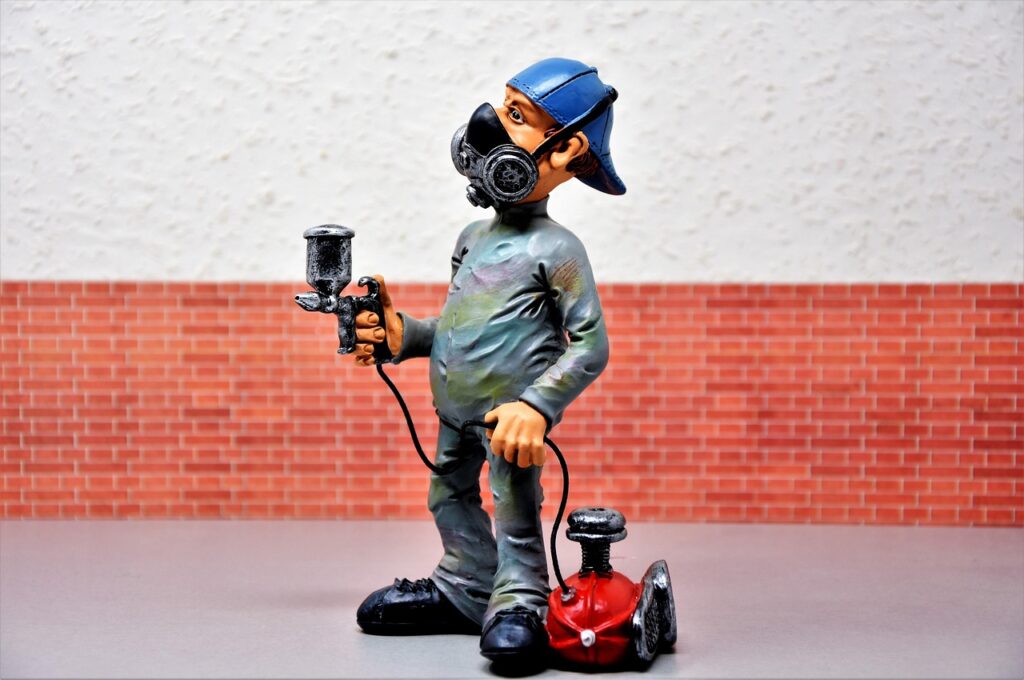
9. **Underestimating the Impact of Color on Safety**While a car’s color might not directly appear on a depreciation chart, its subtle influence on safety can have profound financial implications. An accident, regardless of who is at fault, drastically reduces a car’s value, turning a carefully chosen investment into a costly write-off or repair bill. This is where your paint choice unexpectedly factors in, as some colors are statistically more prone to accident involvement than others.
Research from Australia’s Monash University Accident Research Centre provides compelling evidence, demonstrating a clear association between vehicle color and accident risk. Their findings indicate that light-colored cars are significantly easier to perceive on the road, especially in varying weather conditions and lighting scenarios, making them a safer choice overall. This enhanced visibility can be the difference between a near miss and a costly collision.
Consider the stark contrast: a white vehicle, for instance, offers a 12% lesser chance of accident involvement compared to a black car. The risks escalate with darker tones, with grey vehicles exhibiting an 11% higher risk, silver 10%, and even popular blue and red cars carrying a 7% higher risk relative to white. These figures underscore the subtle but significant role color plays in overall road safety.
Choosing a lighter, more visible car color might not be the most exciting aesthetic decision, but it’s a remarkably pragmatic one. By reducing the statistical likelihood of an accident, you are indirectly safeguarding your vehicle from severe damage, which, in turn, preserves its resale value. It’s a proactive step towards financial longevity, ensuring that your car remains in marketable condition for longer.
Therefore, while color doesn’t directly influence resale value in the same way mileage does, its impact on accident risk is undeniable. Avoiding a crash due to better visibility directly translates to avoiding expensive repairs and the subsequent plummet in market worth. This makes choosing a color for its safety benefits an intelligent, financially savvy decision that protects your investment in the long run.
Read more about: Navigating the Road Ahead: An In-Depth Look at the Most Common Driving Mistakes That Cause Accidents
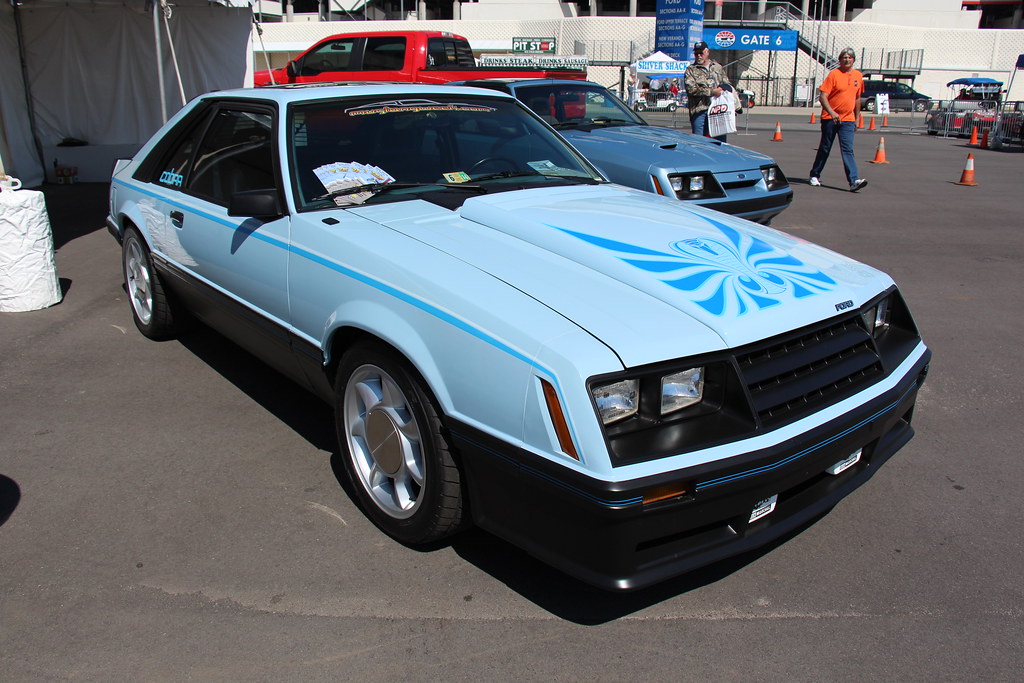
10. **Neglecting Daily Upkeep and Cleanliness (Color-Specific Issues)**The battle against dirt, dust, and grime is an everyday reality for car owners, but the intensity of this struggle is heavily influenced by your vehicle’s color. Certain paint choices, for all their aesthetic appeal, are notorious for making imperfections glaringly obvious, demanding relentless maintenance to keep them looking presentable. Neglecting this color-specific upkeep can quickly devalue your vehicle in the eyes of potential buyers.
Take black and blue vehicles, for example. While undeniably sleek, black cars look their absolute best “right out of the wash,” only to be covered in pollen, dirt, and dust “almost immediately.” Similarly, blue, despite its rising popularity, is “harder to keep clean,” with “water spots, scratches and swirl marks” showing up quickly and prominently. These demanding colors require constant vigilance, and any lapse in maintenance is instantly visible, detracting from the car’s appeal.
Conversely, some colors are true unsung heroes when it comes to hiding the daily onslaught of road grime. Gray and silver tones, according to various studies, are among the easiest to keep clean, with dirt and dust often blending in seamlessly, making cars appear cleaner for longer. Even white, which shows mud splashes more easily, cleverly hides swirl marks from automatic car washes, helping the car look newer for an extended period.
Understanding these inherent characteristics of different colors is vital for any car owner focused on preserving value. A vehicle that appears perpetually dirty or poorly maintained, regardless of its underlying mechanical soundness, will always struggle on the resale market. Buyers equate a clean exterior with a well-cared-for vehicle, and a dirty one raises questions about overall ownership responsibility.
Therefore, if you opt for a color known for its high-maintenance demands, commit to a rigorous cleaning schedule. Regular washing and waxing, along with prompt repair of chips and scratches, are indispensable strategies. If the thought of constant detailing sends shivers down your spine, consider choosing a more forgiving color like gray or silver. Making an informed choice about color can save you significant time and effort in daily upkeep, which ultimately contributes to a higher resale value when the time comes to sell.
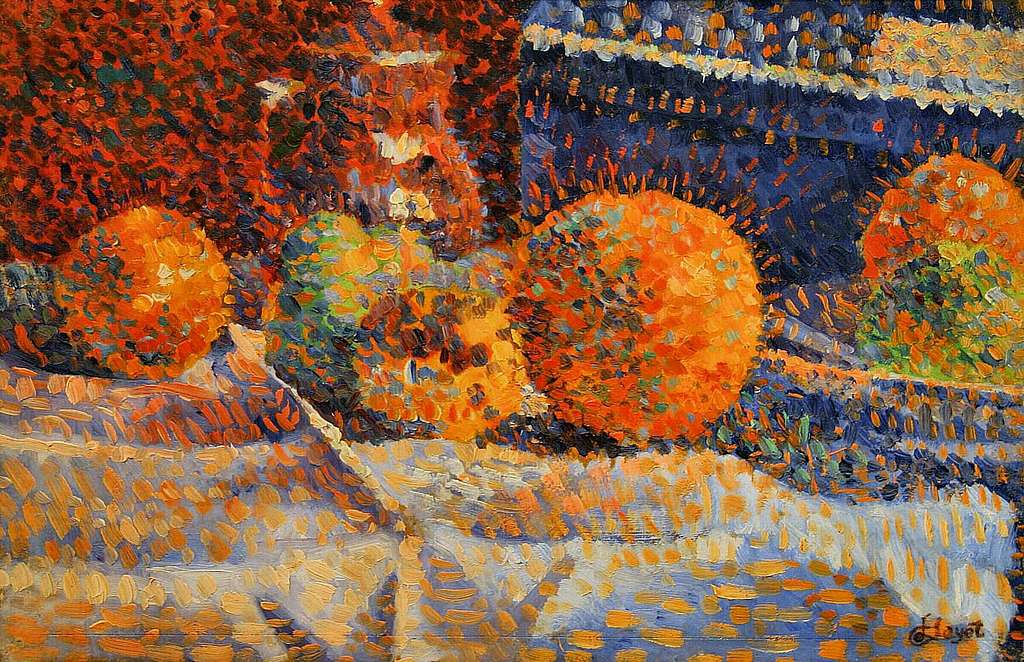
11. **Sticking to Overly Common or “Boring” Colors When Distinctive Can Pay Off**For years, the conventional wisdom dictated that playing it safe with neutral colors like white, black, or silver was the only way to preserve resale value. The thinking was simple: broader appeal meant an easier sale. However, recent insights into the used car market are challenging this long-held belief, suggesting that in some cases, embracing distinctive, albeit not polarizing, colors can actually yield better returns due to the dynamics of supply and demand.
Indeed, the NexusMedia study found that common colors like gold, white, and black, which collectively dominate the new car market, are precisely the ones that suffer substantial depreciation. These colors account for the overwhelming majority of new cars sold, leading to a flooded used market. When there’s an abundance of identical-looking vehicles, buyers have more leverage, naturally driving down prices for these commonplace shades.
This oversupply creates an unexpected advantage for rarer, more distinctive colors. The idea that brightly colored cars inherently lose value faster is “no longer the case.” Instead, unusual but appealing colors like yellow, orange, and green, while still depreciating, often experience less severe value loss than their ubiquitous counterparts. Why? Because they’re harder to find, creating a desirable scarcity in the market.
Consider the example of the 2021 and 2022 Jeep Wrangler Unlimited Rubicon 4XE in Tuscadero Pink, which the context highlights as a vehicle sporting a more obscure color that sometimes offers “better car resale value than those with standard paint colors.” This isn’t about neon green on a minivan; it’s about a unique, well-executed color on a model where such individuality is embraced by a specific buyer demographic. A smaller supply of these bold paint jobs genuinely “helps create a greater demand and less depreciation.”
So, while extreme or polarizing colors (as discussed in Section 1) are still a no-go, a thoughtfully chosen distinctive shade can be a smart play. The key is balance: opt for a color that stands out without alienating, one that complements the vehicle’s style, and, most importantly, one that is less common than the sea of white, black, and silver. If you’re buying new, this could be the green light you needed to choose that exciting color, but always remember to verify the best colors within your specific vehicle category, as market trends can vary.
Read more about: Seriously What’s the Deal? 14 Once-Loved American Foods That Mysteriously Vanished From Our Tables
Making informed choices about your car’s exterior goes far beyond personal preference. From the moment you pick a color to the ongoing effort of maintaining its finish, every decision impacts your vehicle’s long-term financial health. The critical mistakes, whether it’s ignoring visible damage, opting for a poorly conceived custom job, overlooking safety implications, or underestimating the demands of cleanliness, can significantly erode your car’s value. Even the once-unquestioned wisdom of sticking to neutral colors is evolving. To truly maximize your car’s financial longevity, you must balance aesthetics with practical considerations like safety, upkeep, and market dynamics. Choosing wisely ensures your car not only looks great but also commands the best possible price when it’s time for its next chapter.


